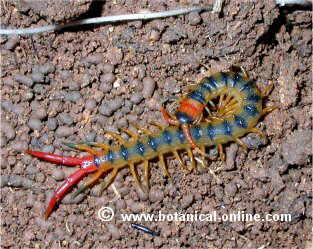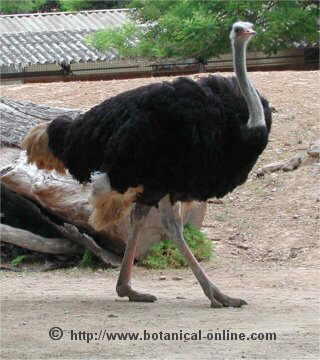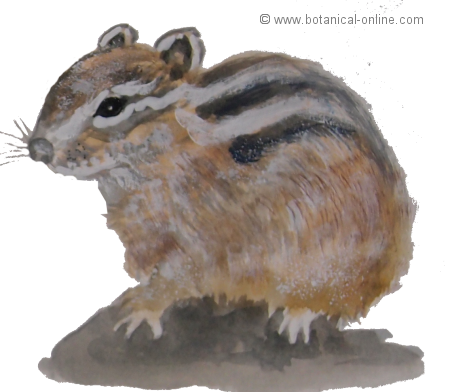Contents
What are ticks?
Ticks are arachnids that live parasites in the skin of many animals and humans. They have an oral appliance that can pierce the skin and suck blood. They can transmit many diseases through their saliva and depositions. The bite of a tick is responsible for the occurrence of diseases including:
– Rocky Mountain spotted fever: Also called spotted fever, it is a disease characterized by fever, muscle pain, coordination problems or rashes on the skin (normally in heels or wrists). In more severe cases it can lead to problems of blood infection, meningitis or shock. It is a very common disease in the western U.S., where of its name comes from.
– Lyme disease or borreliosis: It is an infection caused by ticks that can result from simple discomfort in the area of the bite that has a ring, to heart complications or joint diseases. Infection can occur after a few days after the bite or within a month thereafter.
– Tularemia or rabbit fever: A disease caused by the bacterium Francisella tularensis that occurs in some wild animals such as mice or squirrels. It is transmitted by the bite of infected ticks. It produces stiffness in muscles and joints, fever, swollen lymph nodes, etc.
Types of ticks
The main types of ticks are:
– Hard ticks (Ixodes ricinus, Ixodes dammini..) they are considered the authentic ticks. they have a protected hard body.
– Soft ticks (Argas reflexus) Unlike the above, they have no shell.
Symptoms of ticks infection
The most important symptoms are: Itching in the area of the bite, swelling, and in severe cases, breathing problems, coordination problems, etc.
Diagnosis and treatment of ticks
You can personally inspect your body to find ticks. Since there are some parts of your body that you can not see, it is better for you to ask some relative to inspect them. In case you find signs of infection it would be most prudent to visit the doctor. So you can get the correct assistance. Ticks are very contagious creatures, so you must be subjected to preventive measures in order to prevent possible infections.
How to remove ticks
Although there are folk remedies for detaching the ticks (using heat, apply oil, vaseline or nail polish so that they can not breathe and release, etc.) the most prudent, when the tick is well attached to the body, is to make a visit to the doctor to remove it as easy as possible and apply an antibiotic as a preventive measure for possible infection.
![]() More information about ticks and other intestinal worms and its natural treatment.
More information about ticks and other intestinal worms and its natural treatment.







